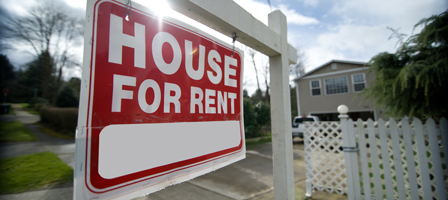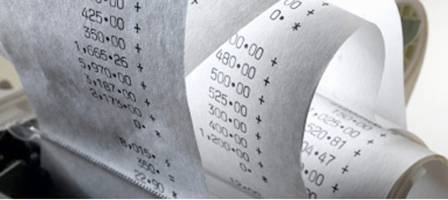ARE YOU CONSIDERING CONVERTING YOUR HOME INTO A RENTAL?
Article Highlights:
- Home Sale Gain Exclusion
- Home Sale Loss Rule
- Mortgage Interest Deductions
When individuals buy new homes, they often consider turning their old homes into rentals rather than selling them. All too often, that decision is made without considering the tax implications. Converting a former residence into a rental may also happen when two individuals who each own a home get married or when individuals move to a new area but don’t want to sell their former homes. Whatever the reasons, the following tax circumstances should be considered before making that decision.
Home Sale Gain Exclusion – When an individual has owned and occupied a home as a primary residence for 2 of the prior 5 years, tax law allows that individual to exclude up to $250,000 of gains from the sale of the home. In the case of a married couple, that exclusion is doubled to $500,000 – if one of them has owned the home for 2 out of the 5 prior years and both of them meet the 2-out-of-5-year occupancy requirement. Therefore, if a home is converted into a rental, once three years have passed, if the property is sold, the owner(s) will no longer qualify for the home sale gain exclusion. This should be carefully considered.
If the home is rented and sold before the gain exclusion expires, any gain to the extent of the depreciation(1) taken on the home cannot be excluded, even though the exclusion may still apply.
Home Sale Loss Rule – If an individual sells his or her personal residence and sustains a loss, that loss is not deductible because losses from personal-use property are not deductible. However, if an individual sells a rental at a loss, that loss is deductible in the year of the sale. To prevent a homeowner from converting a home into a rental in an attempt to convert a nondeductible personal loss into a deductible business loss, the IRS requires that the business basis of the converted home be the lesser of the home’s adjusted cost basis(2) or the home’s fair market value(3) at the time the property is converted into a rental.
When the fair market value of the home is less than the home’s adjusted cost basis, two bases could apply when the rental is subsequently sold: one for determining a loss (the business basis) and one for determining a gain (the adjusted cost basis). Thus, any attempt to convert a home into a rental to deduct a personal-use loss will not work.
Interest Deductions – An individual can deduct the interest on up to $1 million of mortgage acquisition debt, which refers to debt used to purchase or substantially improve the individual’s primary or secondary home. In addition, a taxpayer can deduct the interest on up to $100,000 of home equity debt. For a rental property, the only interest that can be deducted is that for acquisition debt.
It is quite common for a homeowner to use home equity to buy a car, fund an education, pay for a vacation, and so on. When a home with equity debt is converted into a rental, the interest on that debt is no longer deductible. This is yet another issue that must be considered when deciding whether to convert a home into a rental property.
Other, nontax issues may apply as well, including the long-term potential for appreciation in value, whether the rental will be profitable after taxes, and whether you have the aptitude and temperament to be a landlord. Please call this office for assistance.
(1) Depreciation is an accounting method for deducting the wear and tear on a business property such as a rental. For tax purposes, the basis of a residential rental property, less the land value, is deducted over 27.5 years. For example, if the rental property has a basis of $250,000, and the land it is sitting on contributes $50,000 of that basis, the remaining $200,000 basis would be deducted as a rental expense, divided evenly over the 27.5-year period.
(2) Adjusted Cost Basis is the dollar value used for the measurement of gain or loss when a home is sold; it takes into account the original purchase cost, subsequent improvements, casualty losses, and previously claimed depreciation. For example, if a home is purchased for $300,000, and the owner makes $50,000 in improvements, the home’s adjusted basis would be $350,000. This is why it is so important to substantiate all records of improvements.
(3) Fair Market Value is the estimated amount that a knowledgeable, willing, and unpressured buyer would probably pay to a knowledgeable, willing, and unpressured seller. Fair market value is generally determined by a qualified appraisal of the home at the time of sale or rental conversion.








Leave a Reply
Want to join the discussion?Feel free to contribute!